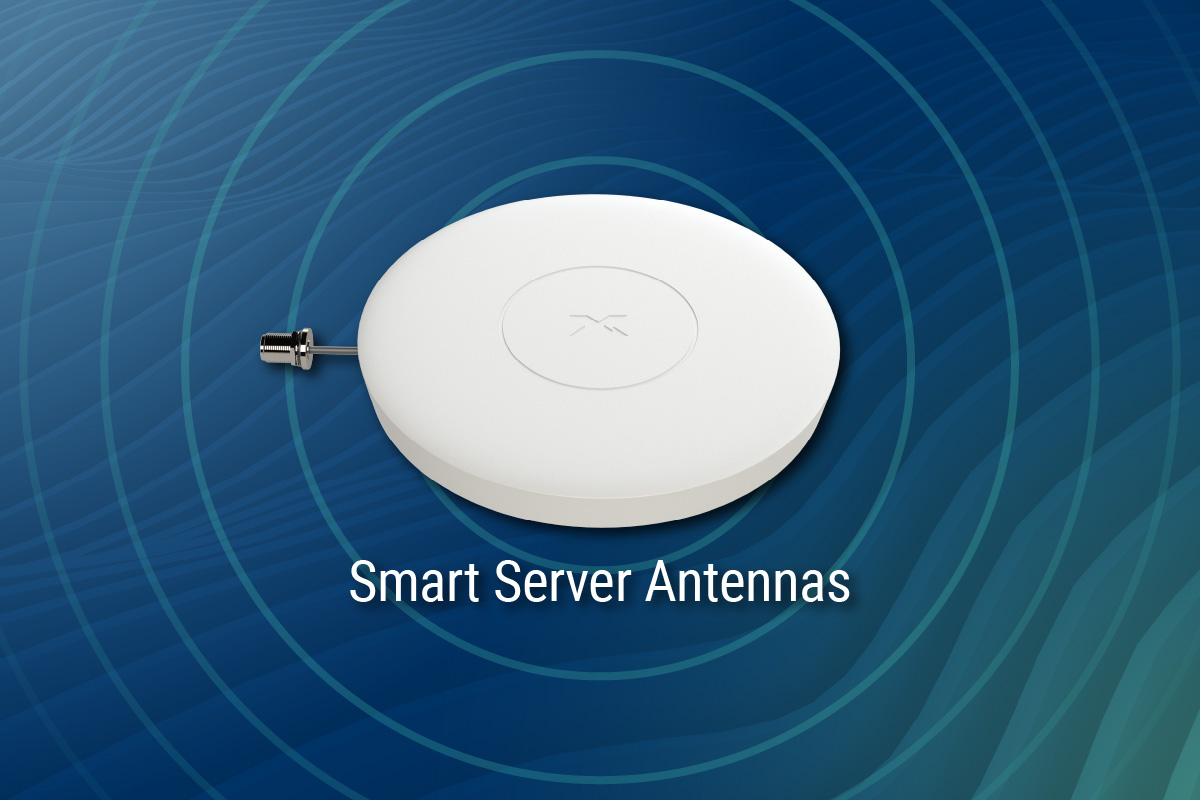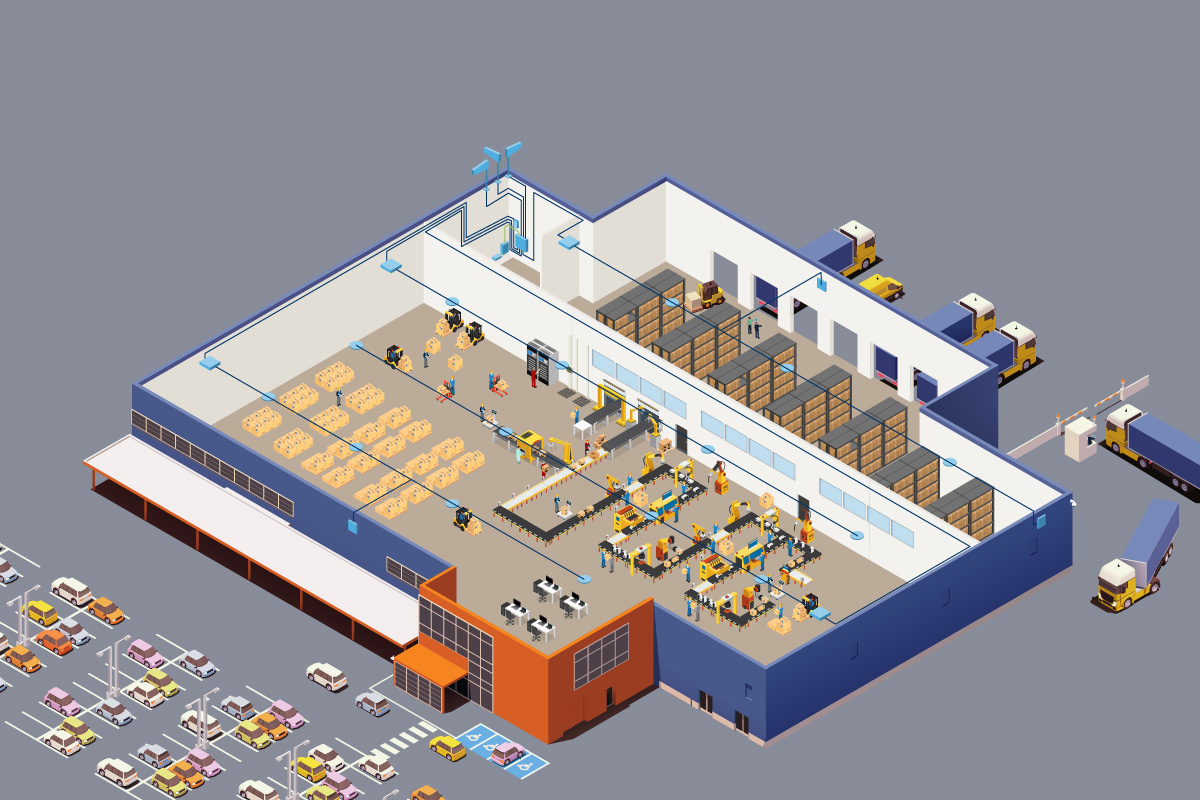Introduction
Nextivity, Inc was founded in 2006 and over the last 12 years in existence has seen its rise to fame through their world-class suite of RF products. Nextivty develops and sells in-building cellular coverage technology products and solutions for the home and enterprise. Nextivity’s CEL-FI range is a suite of carrier grade solution and smart signal boosters that provide in-building coverage eliminating dead zones and improving 3G and 4G voice and Data reception indoors.
What is the CEL-FI QUATRA?
Nextivity’s CEL-FI QUATRA 1000 is scalable in-building cellular solution that is both a cost efficient and easy-to-deploy solution, delivering high-quality signal in venues up to 200,000 square feet (19,000 square meters). It is a hybrid solution that combines the best of active DAS and Smart Booster technologies. It operates in off-air mode or can be integrated with carrier small cell equipment and operated in distributed small cell mode, creating a Super cell
QUATRA brings a highly functional and flexible solution to “midprises”. The Nextivity CEL-FI QUATRA can be deployed like a passive DAS but with less RF engineering and planning required, shorter lead times to close out the projects, and at a much lower cost. CUs can be deployed like bi-directional amplifier (BDA)-style remotes used to drive passive DAS branches. This deployment option is particularly well suited for environments with irregular shapes where the RF coverage needs to be shaped to match the building geometry. See image below to understand its architecture better.

Figure 1: The solution above shows Coverage Units 1 to 6 being used as active antennas, with 7 to 8 driving a Passive DAS branch. (Image Source: Reference 1)
The QUATRA Solution offers the following benefits
- Lowest costs per ft2
- Scalable Coverage and Capacity for Up to 200,000 ft2 (19,000 m2)
- Designed for Off-Air or Small Cell Applications
- Easiest-to-Deploy with Signal Quality Maximized by AntennaBoost
- Remote Monitoring and Management via Nextivity CEL-FI WAVE Portal
How is the QUATRA Solution different from traditional DAS Solutions Cost
The low cost of the QUATRA system is what differentiates Nextivity’s solution. If we consider Bi-Directional Amplifiers (BDA), it’s traditionally considered to be the most cost effective way to deliver in-building cellular coverage.
The table below tries to make a comparison between the Nextivity CEL-FI QUATRA and a BDA-based passive DAS. Whilst the impact of a poor signal site with a BDA-based passive DAS means that more equipment is needed, in contrast, QUATRA has enough gain to overcome poor signal conditions (as long as there is some signal).

Figure 2: The table above shows Equipment and Cost comparison when scaling up using Nextivity CEL-FI Quatra vs a BDA solution (Image Source: Reference 1)
The lower cost of a QUATRA system make more sense to middleprise organizations with spaces up to 00,00 Sq. Ft, who won’t be able to justify the ROI on a DAS solution.
Technical flexibility and Superiority
See in the table below a comparison of what can be achieved with a QUATRA as opposed to a BDA system-

Figure 3: The table above shows limitations of the BDA in comparison to the QUATRA solution (Image Source: Reference 1)
QUATRA allows for each carrier signal to be individually amplified by up to 100db. Traditionally with a BDA, only one gain can be applied to all the carriers. The ability to independently adjust the gain on each channel allows each band to get to maximum downlink power, regardless of input signal strength. In poor signal conditions, a BDA-based passive DAS struggles to provide a good coverage footprint and user experience.
Nextivity IntelliBoost™ baseband processor, with its advanced filtering, equalization, and echo-cancellation provides better data rates than passive DAS solutions. Despite providing maximum coverage, the QUATRA system does not impact the macro network.
Time to Completion
Whilst a DAS deployment may take anywhere from 6 months to 1 year from start to finish, a QUATRA system can be ordered in and deployed in the same space in as little as 3 weeks.
Nextivity has simplified the commissioning process with its products. CEL-FI QUATRA is self-configuring and self-optimizing, it distributes RF over Ethernet (RFoE), and leverages PoE for ease and accuracy of installation. The CEL-FI WAVE platform also allows for remote monitoring and management of the deployment.
Electromag has designed and simulated coverage for numerous Nextivity deployments in Australia through our clients. We help our clients turn around budgetary designs very quickly and provide a handover pack at the completion of the build. Let us talk about how you can streamline your Nextivity projects by working with Electromag.
A version of this article was originally published by Electromag



